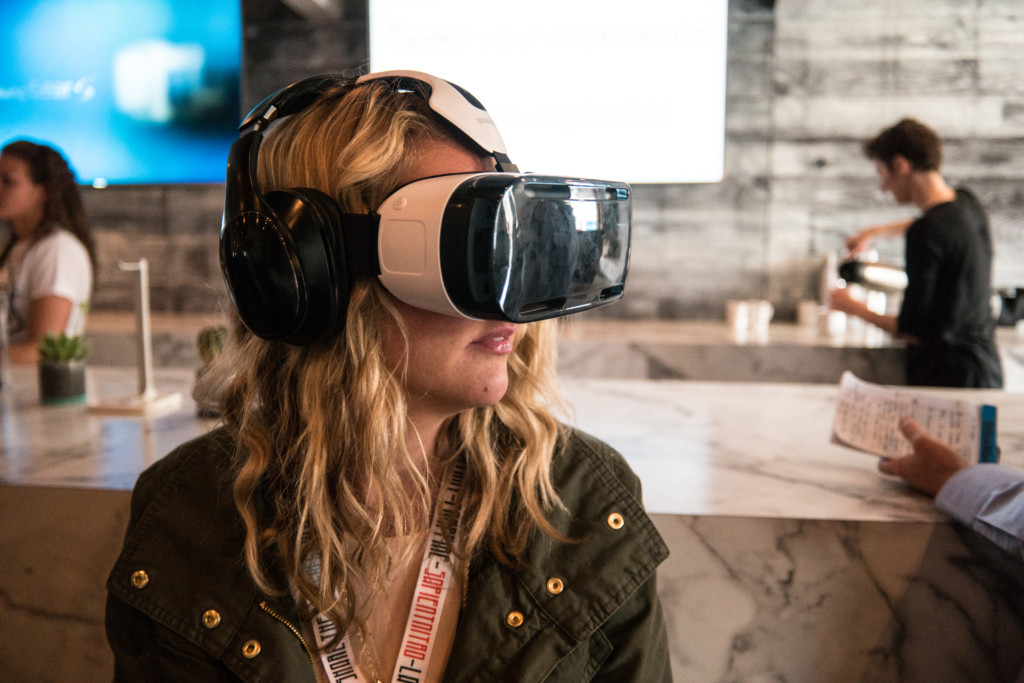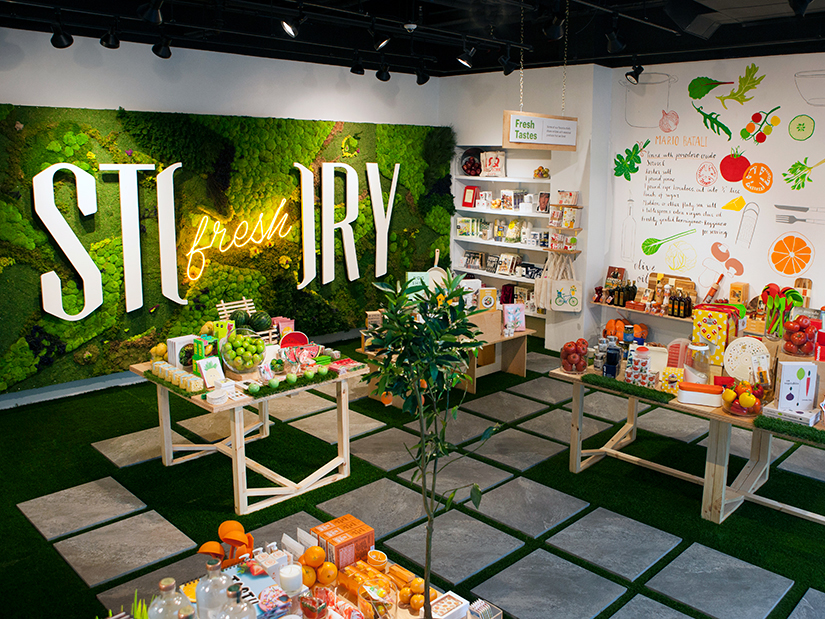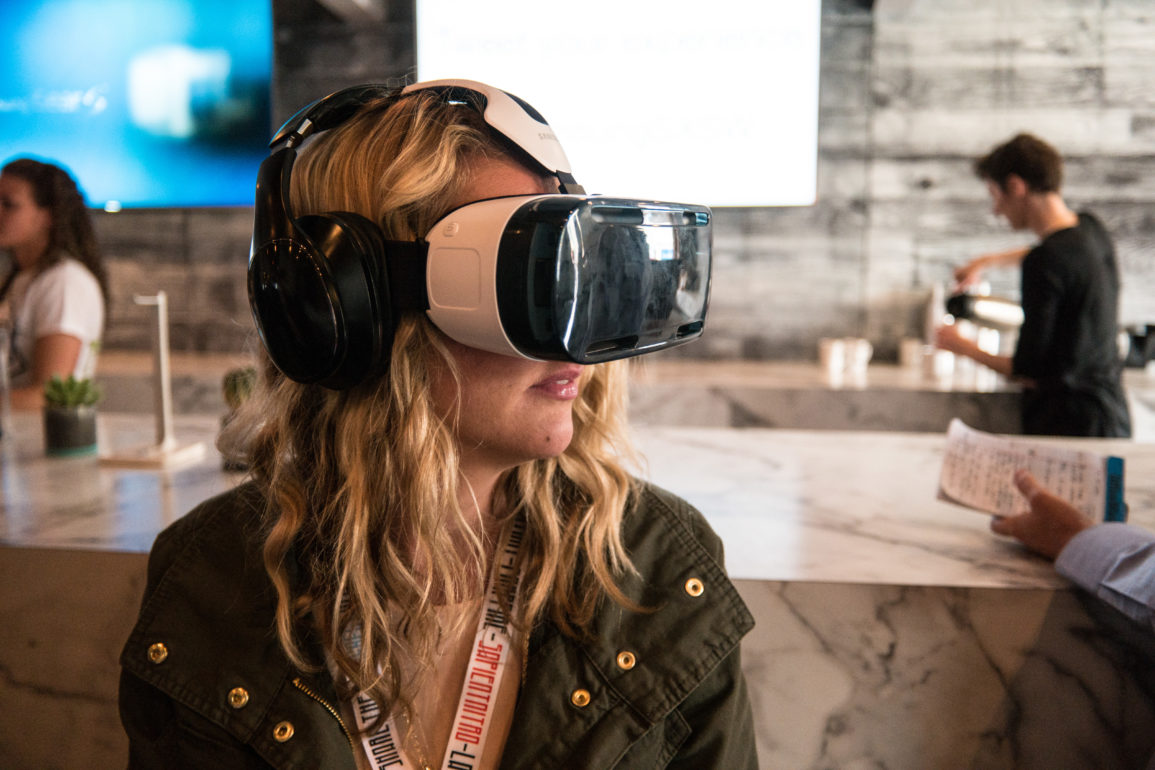As a student working toward my fashion journalism degree and also working for a luxury retailer like Louis Vuitton, I constantly think about the future. While technology propels us further into the Zettabyte Era, I have been sensing an urge to slow down in the industry. First, let’s get you up to speed on what I mean by “Zettabyte Era.” Before I came across it, I had never heard of it. Zettabytes refer to the amount of data being generated worldwide. It is estimated that by 2021, broadband speeds will almost double from where they are now. According to the report “The Zettabyte Era: Trends and Analysis” released by CISCO, the largest networking company in the world, “every second, a million minutes of video content will cross the network by 2021.”
With technology and the Internet making leaps and bounds ahead, I can only imagine how that will change the way we all do business. I found myself asking: How will the fashion industry keep up?

Even though many in this field pride themselves on being forward thinkers and cutting-edge in terms of trends, there are still many areas of opportunity. To stay current and keep pushing the envelope, brands will have to work harder than ever to make new ideas exciting to the consumer. Here are some insights on what to expect going forward, using insights from reports by trend forecasting agency WGSN.
Artificial Intelligence and Virtual Reality. Companies will begin harnessing the powers of AI to streamline business processes and leave humans to handle human problems. AI could significantly reduce work done by humans in the field and free up time to focus on building an interactive environment for the consumer. The idea of bringing an experience-driven environment to the consumer is a big change.

The word ‘phygital‘ refers to the mix of physical and digital. Brands such as Burberry, Tommy Hilfiger and Sephora are employing digital strategies within their brick and mortar doors to create an immersive shopping experience. This might include a smart fitting room in which the mirror reads an RFID tag on clothing and makes suggestions. Or, a shopper could take a series of photos and have Match Co. blend a perfect foundation. This is happening right now!
Rewriting History. To think ahead, you must first look to the past. Brands and designers have traditionally employed this technique, but expect more companies to dig into their archives to rewrite ideas that may not have worked before only to bring them back with a renewed sense of vigor.

In a recent retrospective at The Berkeley Art Museum and Pacific Film Archive, a display of works from the 1960s and 1970s explored the transformative counterculture of that time. “Hippie Modernism: The Struggle for Utopia” delved into works of art, architecture, books, magazines, installations and more to show the stirrings of a revolution that we see in our society now. The saying “newer is better” need not apply to this trend. History will repeat itself — ultimately it is up to us to make it relevant and exhilarating.
Slow Fashion. Lastly, I’d like to bring your attention to the slow movement, which has been emerging throughout a number of industries but has been overtaking fashion as well. This simply means that there is a more thoughtful approach to business and design. Brands will get to take their time and make meaningful decisions that benefit them over a longer period of time. The antithesis of fast fashion, this seems counter-intuitive to the Internet boom — but it really does make sense.

The slow fashion movement is partly in response to the harm caused to the planet by waste generated through the apparel industry. Brands like STORY are taking a season-less approach by delivering product when it is perfect and ready, not just pumping it out to because it’s on trend. This idea might lead to the ability for brands to be fully sustainable in the future.
I know this might be a lot to take in. As technology increases efficiency, brands will begin to ponder their future. They will reinvent past ideas and slow down to meditate on big decisions. This may not be the end of fast fashion, but we are seeing a glimpse of a very bright future.



